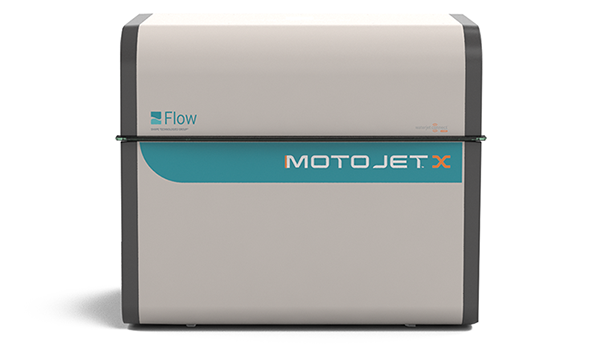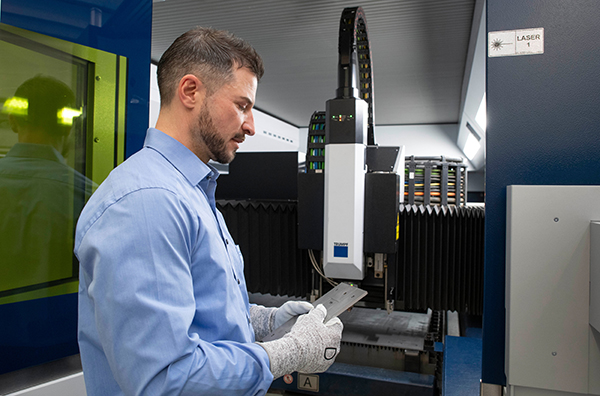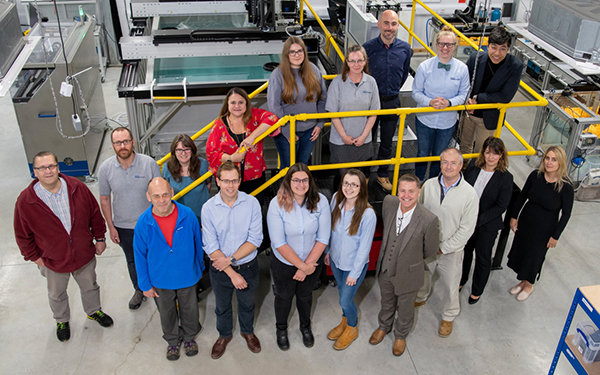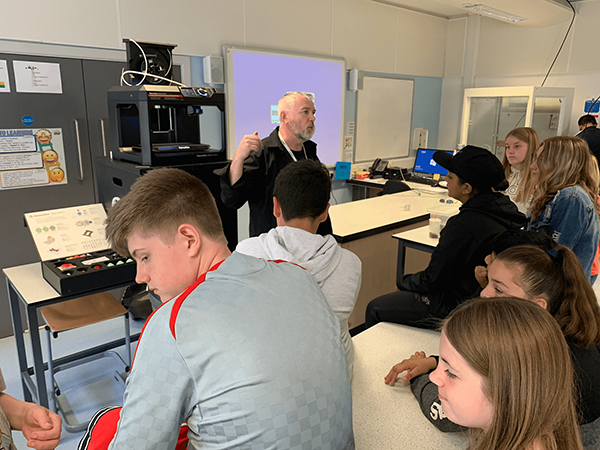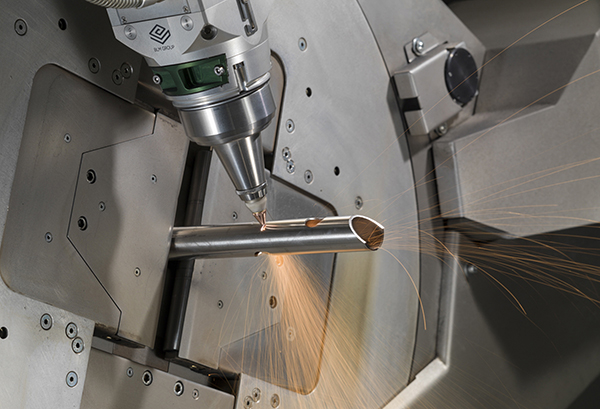
Flow International, a developer and manufacturer of ultra-high-pressure waterjet cutting systems, is releasing its next generation of intensifier pump technology, the MotoJet X. The company says that MotoJet X features state-of-the-art technology advancements focused on maximising customer uptime, improving usability and nearly eliminating hands-on customer maintenance.
“Our engineering team has invested significant effort in designing, testing and refining intensifier pump technology to achieve a 95% uptime guarantee with a pump that outlasts and outperforms the rest,” says Tim Fabian, vice president of marketing and product management at Flow.
The pump is a full-service solution. Flow’s trained technical service personnel will conduct all maintenance at needed intervals, keeping customers up and running with minimal effort on their part, and allowing them to focus their attention and resources on other areas of their business.
“This white glove, comprehensive service is somewhat new to the waterjet industry, but it’s not new in the world of convenience we live in,” says Fabian. “Having an expert team available to service your equipment is a benefit that makes a huge difference in customer operations, and once you have access to it, you realise just what a difference it truly makes to your business.”
The MotoJet X features ultra-quiet operation with a sound-deadening design. Furthermore, the design includes easy access points with quick-remove side panels, an air-assisted lid and an automatic interior light. The MotoJet X has a status light built directly into the lid handle, providing quick visibility to the operating status of the pump, and comes IoT enabled and smart connection ready.
Flow’s MotoJet X operates at 60,000 psi (4136 bar) with both 30 and 50 hp (22.3 and 37.2 kW) options, and is compatible across the entire Flow Mach series of waterjet solutions.
For further information
www.flowwaterjet.com







